Mechanical Articles Archive
Velocity ratio of machine (Formula)

Define velocity ratio of a machine and how it is determined – The velocity ratio (V.R.) of a machine is the ratio of distance moved by the effort to distance moved by the load. Formula – Velocity
Hoist mechanism and its uses
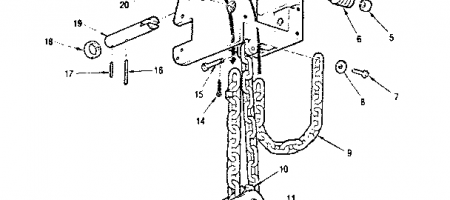
The mechanism which is used for raising and lowering heavy loads to the desire height by using comparatively small effort is called as hoist mechanism. It is mostly operated with a system of pulley and gears (either
Advantages and disadvantages of gears

By using gear trains, large velocity ratio can be obtained with minimum space. Gears are mechanically strong, so higher loads can be lifted. Gears are used for transmission of large H.F. They are used for transmitting motion
Diagram of velocity time graph
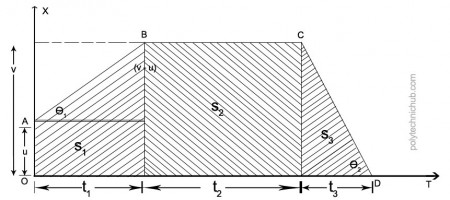
Definition A partial motion in motion with uniform acceleration has different velocities at different instants of time. These velocities can be found out by using the relation v = u + at. The graph plotted with time
What is Potential energy (with example)
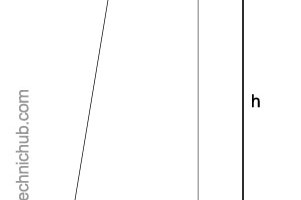
Energy is the capacity to do work. Energy is a scalar quantity. Unit of measurement of energy is Jole, same as that of work. Potential energy: The energy possessed by a body due to its position is
Laws of Friction
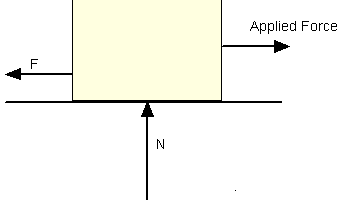
Coulomb in 1781 conducted several experiment on t he friction of plane on dry surface. On the basis of his experiments he stated some laws of friction which as follows – Law of static friction Law of
Why holes are not generated in metals
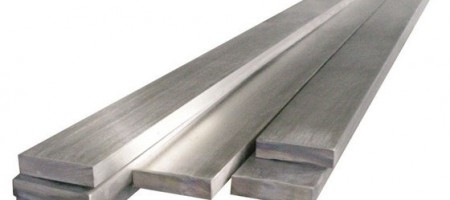
Vacancy of electron created in the valance band of solid due to the upward transition of electron is called hole. In case of semiconductor valance and conduction bands are separated by a gap and hence electron can
Force of friction and their types

Friction is the property of two surfaces is contact by virtue of which each surface resists the relative motion of the other surface. Thus when a body moves or tends to move tangentially with respect to the
Losses in steam turbines

What are the steam turbines losses? Frictional loss in nozzle Sudden expansion loss Frictional loss in bearing Frictional loss in moving blade Steam level with same K.E. called as carry over losses Frictional loss in fixed blade
Classification of machine design
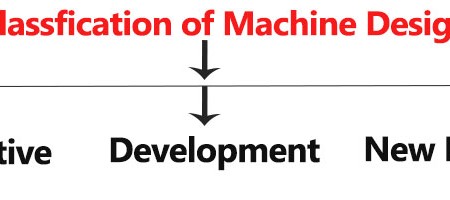
There are mainly three classification of machine design which as under: Adoptive Design Development Design New Design Adoptive Design In this design the work on existing product with adopt of existing design. These types of design need